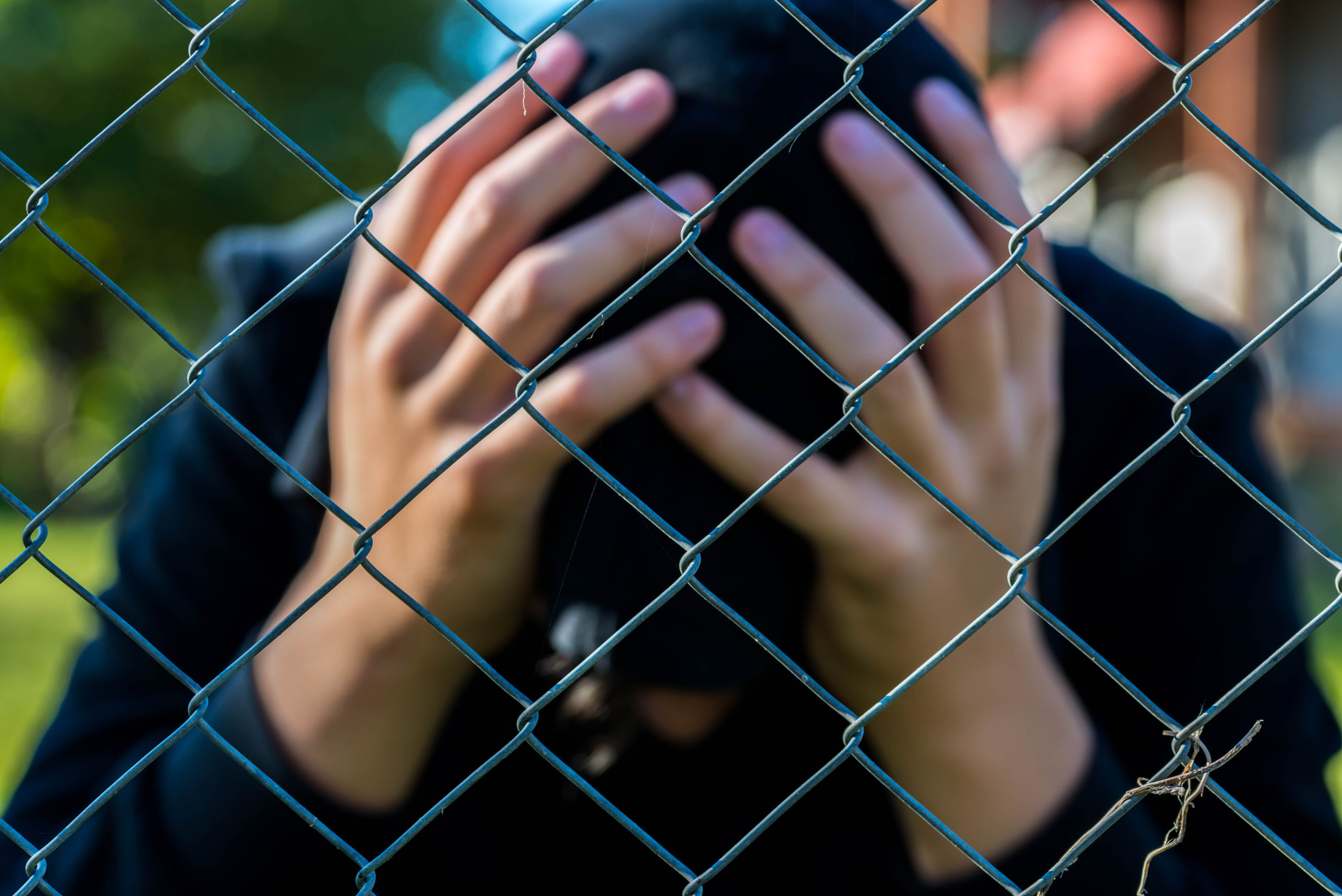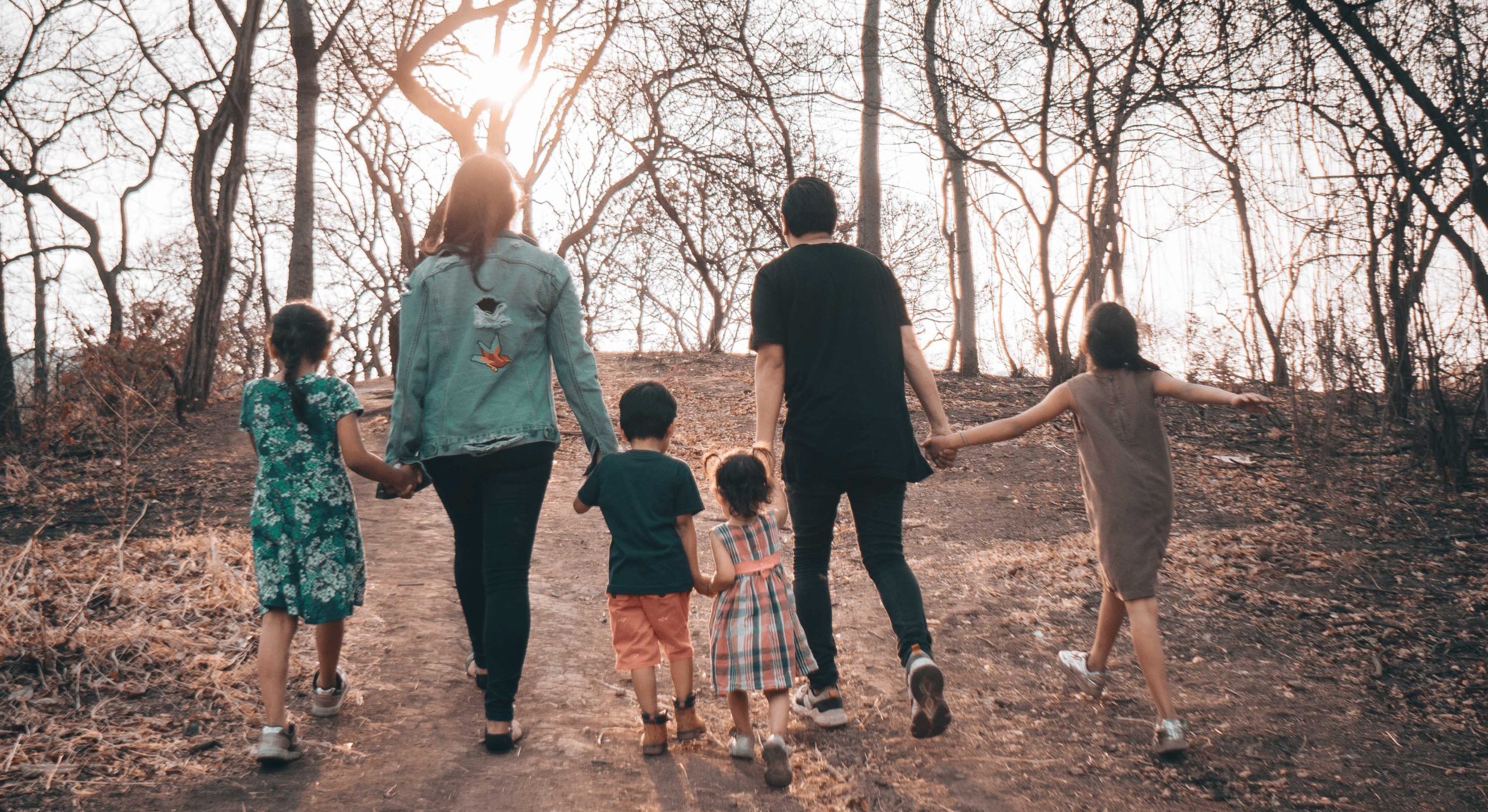When new juvenile justice reform laws are passed, such as the slew of them in 2020 and 2021, they often bring with them a sense of hope about a change or some kind of relief. There is an assumption that “things will now get better.” Or, if you’re on the other side of the arguments laid out in the bill, you might be thinking “things will now get worse.”
The reality is that even after a bill is signed into law, significant work — and even more questions — lie ahead as government agencies and entities set about implementing the changes required in the new law. Nowhere is that more true than with the recently enacted Senate Bill 92.
This legislation essentially ends the state’s Division of Juvenile Justice within the Department of Corrections. Instead, it directs California’s 58 counties to manage juvenile offenders.
Starting July 1, 2021, SB 92 gives counties in California the authority to establish secure youth treatment facilities in place of sending youth 14 years of age or older to the Division of Juvenile Justice.
While this is hopefully a step in the right direction in rehabilitation and reducing recidivism, much will depend on how individual counties enact the reforms called on by SB 92. The legislation is intended to divert youth to more community-based alternatives and shutters the Division of Juvenile Justice on June 30, 2023.
IMPLEMENTING SECURE YOUTH TREATMENT FACILITIES AT A COUNTY LEVEL
So what’s next? That is the truly important question.
Individual counties will now manage juvenile offenders. However, it’s crucial to remember that these same individual counties have their own unique challenges and budgetary constraints to contend with as they implement SB 92.
A key issue to consider in this is the use of local juvenile halls. They are often used as local detention centers for incarceration. So the question becomes, are we simply recreating the same conditions of imprisonment at the local level that we are intending to end at the state level? Time will tell.
And the level of challenge presented also depends on the county.
Each county has to work with the resources they have, for better or for worse. So while bigger cities have already established rehabilitative programs, smaller counties will not have that infrastructure set up. In the meantime, juveniles in those counties are likely to be transferred to adult court at higher rates than the other counties simply because of lack of capacity.
As counties both big and small implement their own juvenile justice programs, it will be crucial to consider therapeutic and rehabilitative programming. Much of the programming afforded to juvenile offenders is currently provided by corrections staff or through workbooks, according to research by the Pacific Juvenile Defender Center and the Youth Law Center.
CONTINUED RESPONSIBILITY OF TREATING TRAUMA, RELATED MENTAL HEALTH
Many of the youth who find their way into the juvenile justice system are suffering some sort of trauma or have experienced some form of abuse leading to mental health issues.
As mentioned in a previous blog, The Impact of Trauma on A Young Brain: Treating Juvenile Delinquency, “What happens to you as a child shapes and affects you. Exposure to certain types of violence, poverty, and abuse can normalize harmful behavior and cause kids to self-destruct.”
If the realignment called for by the state is to succeed, it will be crucial to more carefully examine the mental health and treatment offered to youth who have been placed within the justice system. This may require increased re-entry training for juvenile offenders with an increased focus on “after-care” to support their release from juvenile halls or other probationary programs.
At a county level, it will also be important to consider community-based alternatives to detention for juvenile offenders, which are going to continue to evolve in the coming years.
These alternatives include group homes, camps, substance abuse treatment facilities, GPS ankle monitors, and returning the minor to home. Community-based treatment is ideal but the time-consuming nature of implementation and setting up actual facilities will likely be to the detriment of the minors in the interim.
But even now, one thing is clear — giving youth the tools to succeed and to feel connected to the community while they’re still learning and growing does give hope for reduced recidivism and an increase in law-abiding adults. Time will inform us of its rate of success.
CONTACT PROPER DEFENSE TO SEEK COUNSEL FOR YOUR CHILD
New laws can be confusing, especially when this is likely already a challenging time for you. You may have arrived here after a quick search of “juvenile defense attorneys near me,” or even “juvenile lawyers near me.” We’re here to help you and glad you found your way here.
With proper legal advice, you will be in the best position to benefit from these new laws that are intended to reform the juvenile justice system!
For a true advocate that you can trust, in a judgment-free zone, contact Proper Defense Law Corporation today. For a FREE consultation in the Fresno area, call (559) 825-3800. You can reach us at our Beverly Hills location by calling (424) 284-4066. You can also schedule an appointment online on our Contact Us page. It gets better with Proper Defense, we promise.
In addition to this information, other resources that may be available to you can be found by searches such as: free consultation, fresno juvenile lawyer, juvenile criminal defense attorney los angeles, juvenile criminal attorney, fresno juvenile law firms, state bar of california attorney search, juvenile fresno attorneys directory, central valley juvenile detention center, county juvenile court, beverly hills attorney, new juvenile laws 2020, new juvenile laws 2021, sb 92 california 2021, what is a defense attorney, good lawyers near me.








